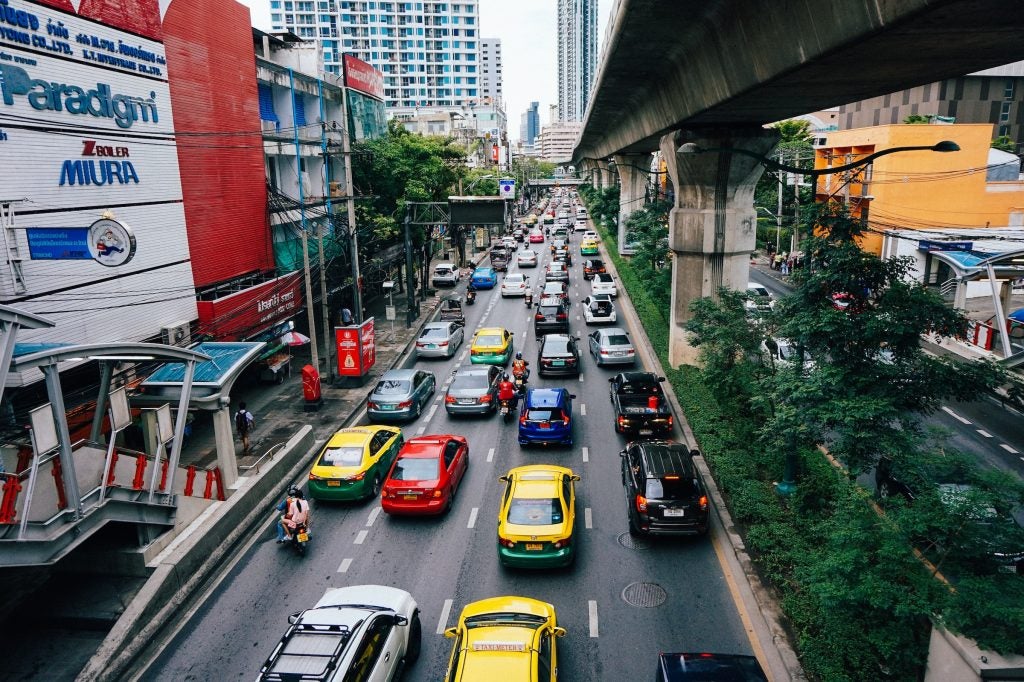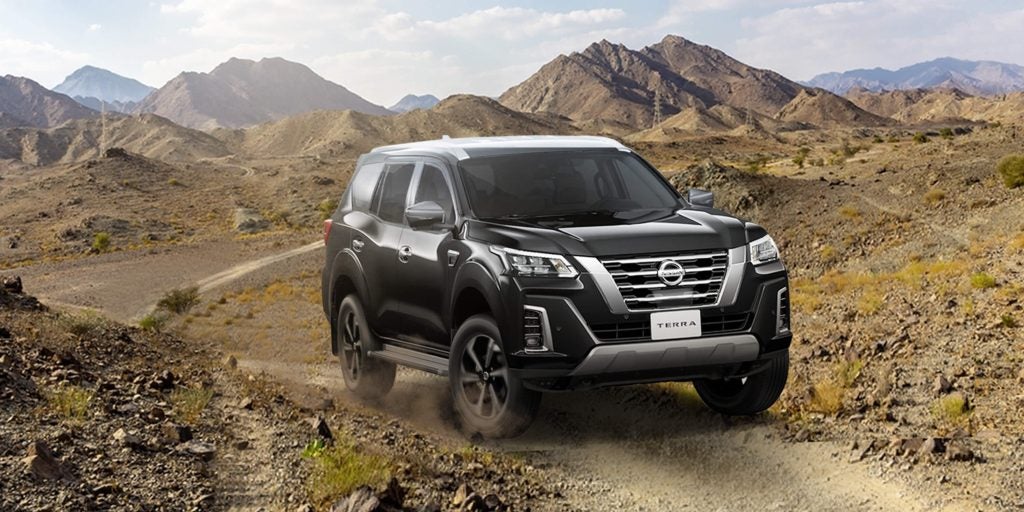In the last decade of last century, before the term “BRICs” had even been coined, there was another acronym that loomed large on the agenda of any global automaker. ASEAN, the Association of Southeast Asian Nations, looked like a potential powerhouse for growth. In this month’s management briefing, Mark Bursa takes a look at the region’s automotive prospects, starting with an overview.
ASEAN was established in 1967, but it was during the 1990s that the five founding nations – Indonesia, Malaysia, the Philippines, Singapore and Thailand – started to lay the foundations for a much closer economic cooperation. During the 1990s, ASEAN expanded, with smaller nations, Vietnam, Burma, Cambodia and Laos, signing up.
Perhaps more significant was the 1992 Common Effective Preferential Tariff (CEPT) agreement, a schedule for phasing out tariffs between ASEAN nations with the aim of turning the region into a competitive production base for exports to the world markets.
Individually, the three largest ASEAN nations started in the 1990s to become really serious automotive players. Governments in both Malaysia and Indonesia established “national car” programmes, with varying degrees of success. Meanwhile Thailand came up with the best strategy of the three, establishing itself as a world centre for 1-tonne pick-up truck manufacture.
These developments were not without growing pains. Corruption was rife in several governments, especially the Suharto regime in Indonesia, where the president’s son Tommy Suharto was given vast amounts of government money to establish the Timor “National car” programme – a venture that amounted to little more than rebadging some imported Kia sedans.
The Asian financial collapse of 1997-98 caused major setbacks to the automotive sectors in all the ASEAN nations. It also signalled the end of the Suharto regime, and forced the ASEAN partners into even closer collaboration, leading to the implementation of ASEAN Free Trade Agreement in 2010.
How well do you really know your competitors?
Access the most comprehensive Company Profiles on the market, powered by GlobalData. Save hours of research. Gain competitive edge.

Thank you!
Your download email will arrive shortly
Not ready to buy yet? Download a free sample
We are confident about the unique quality of our Company Profiles. However, we want you to make the most beneficial decision for your business, so we offer a free sample that you can download by submitting the below form
By GlobalDataBut while the ASEAN nations were struggling to recover from its fin-de-siecle financial turmoil, their giant neighbour started to stir from its slumbers. It’s hard to image now, but in the mid-to-late 1990s, the Chinese automotive market was roughly the same size as the ASEAN equivalent. At its pre-crisis peak in 1996, combined vehicle production in the four leading ASEAN nations was around 1.45 million units. In 1997, China’s total output was around 1.6m.
Post-crisis, ASEAN slumped below 1m units of production, while China continued to accelerate. Around 2.3 million vehicles were made in China in 2001; by the end of the decade, the figure was almost 14m, and rising.
The BRIC gold rush was on, with India, Brazil, and to a lesser extent Russia all experiencing significant growth. ASEAN, by contrast, has been neglected, especially by western automakers, leaving it to the Japanese car makers in particular to make inroads.
Nevertheless, taken as a whole, ASEAN remains a major market, with massive growth potential. And while it is difficult to unlock the market as a single entity due to cultural and political divisions among the members, that is slowly but surely changing.
The ASEAN Free Trade agreement in particular has led to rivalry among ASEAN member countries to attract foreign investment, resulting in investments in new production, especially in Thailand, which is by far the most adept of the ASEAN members in attracting automotive FDI.
ASEAN market performance and forecasts
ASEAN has recovered well in the past decade, and while it hasn’t undergone the stellar growth seen in China, the progress has been steady. 2012 was a strong year in the region, and ASEAN sales totalled around 2.5m vehicles. Of this, around 1.5m are cars and 1.0m are commercial vehicles. This is a relatively high penetration for CVs compared to other emerging markets, eg India or Brazil.
Within ASEAN, Thailand, Indonesia, Malaysia and the Philippines all recorded 2012 sales at record levels, thanks to local governments keen to encourage sales with low interest rates and, in some markets, special incentive schemes. The need to grow domestic sales was largely driven by a fall in exports in the ongoing global economic downturn.
Of the five major ASEAN markets (Indonesia, Malaysia, Philippines, Thailand and Vietnam) the growth drivers have been Thailand and Malaysia, with Indonesia is emerging as a major player.
In Thailand, first-time buyer incentives exceeded government projections and the market jumped by more than 80% to 1.44 million units.
Economic growth in Indonesia exceeded 6.2% last year, driven by rising domestic consumption and investment. The vehicle market continued to benefit from strong consumer demand and low interest rates, with growth expected to continue in the medium term.
Sales in Malaysia and the Philippines will likely slow after the recent strong growth, while Vietnam is likely to post a moderate recovery following successive interest rate cuts over the last year.
Overall, analysts forecast strong mid-term growth Frost & Sullivan estimates growth at a compound annual growth rate (CAGR) of 10% from 2011 to 2018, mainly driven by growth in Thailand and Indonesia. This would almost double vehicle sales in the region to 4.7m units, comprising 3.1m passenger cars and 1.6m CVs – a similar growth projection to India. It would make ASEAN the sixth-biggest automotive market globally by 2018.
Vijayendra Rao, research manager, Frost & Sullivan Asia Pacific Automotive Practice, said none of the ASEAN countries has individually featured in the top ten markets globally, but as a region, it has assumed greater importance following the implementation of ASEAN Free Trade Agreement in 2010.
Indian and Chinese automotive companies are also looking at expanding to ASEAN. Rao said ASEAN was a competitive automotive production base and a net vehicle exporter with strong competency in certain product ranges. “Thailand is expected to continue its dominance as a production hub in ASEAN due to the significant investments by Japanese OEMs, incentives from the Government, a good supply base and required talents,” Rao said.
He also said that production in Indonesia will cater to local demand, mainly driven by the shift of ownership to cars, multi-purpose vehicles and sports utility vehicles from motorcycles.
Coming next: A look at the major ASEAN national markets and automotive industries







